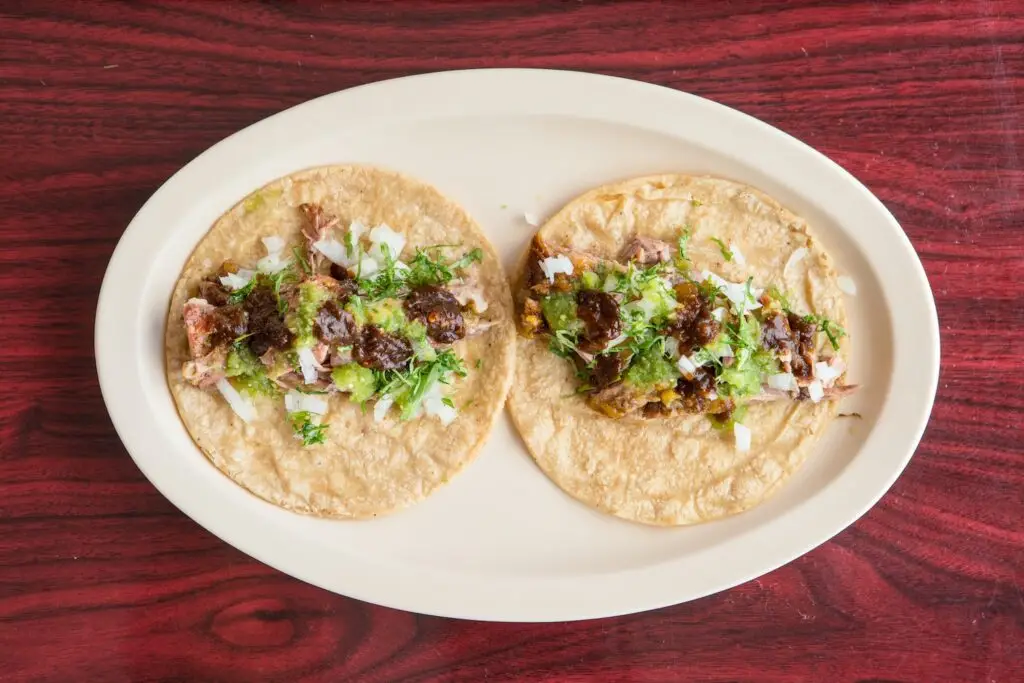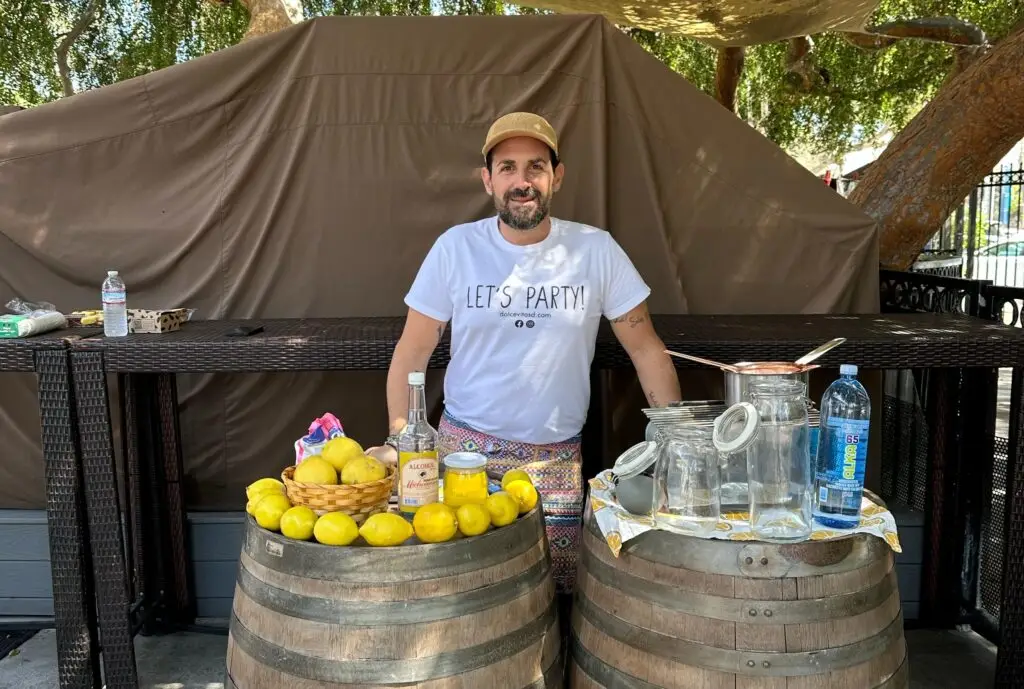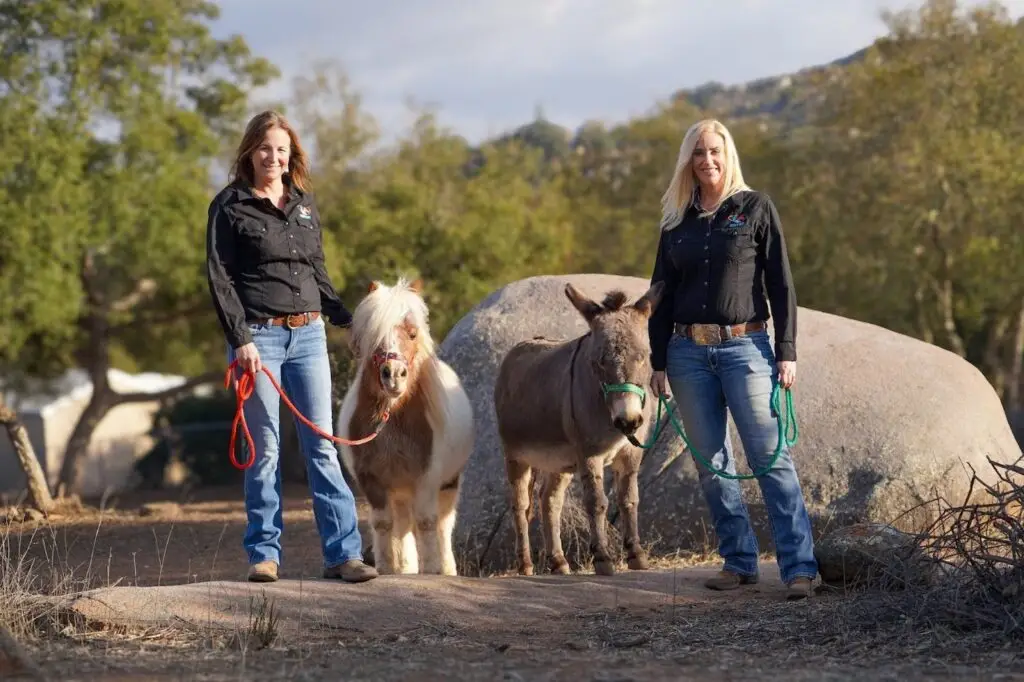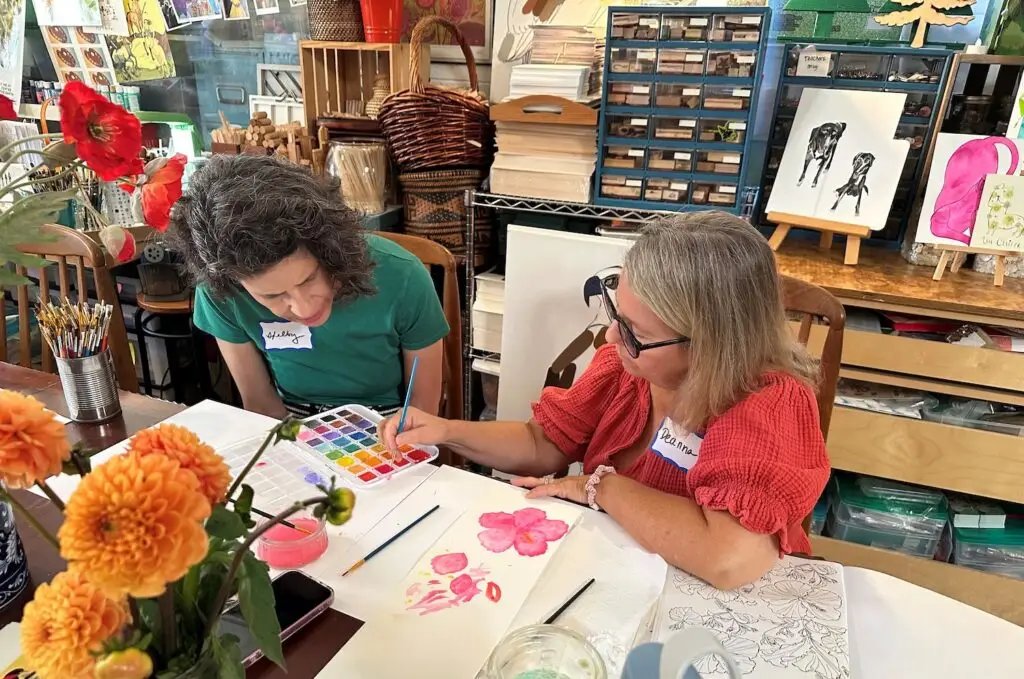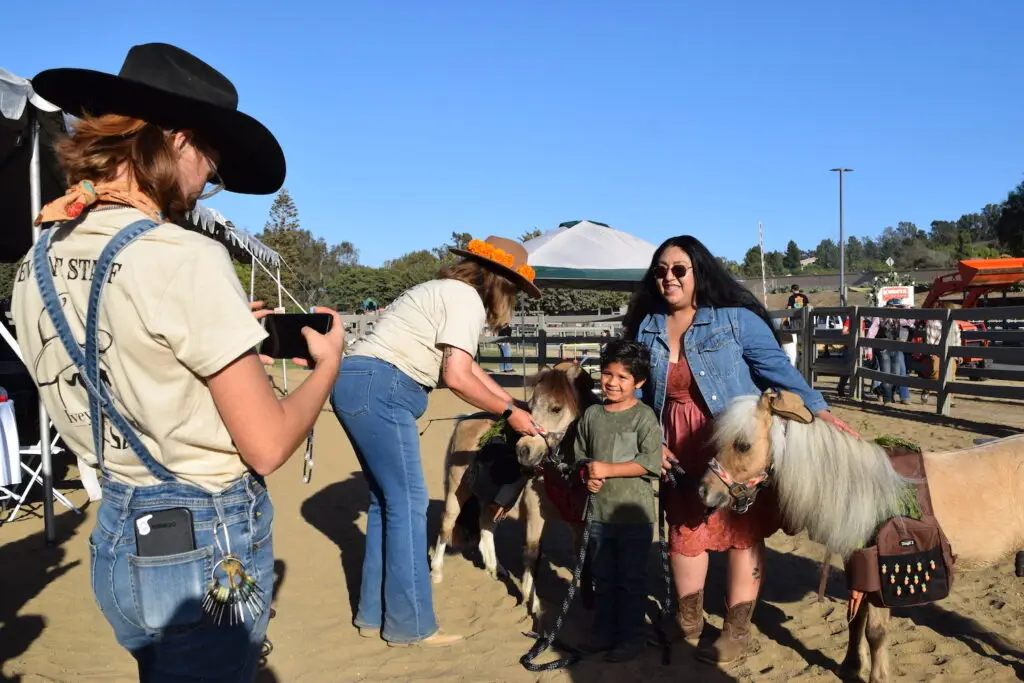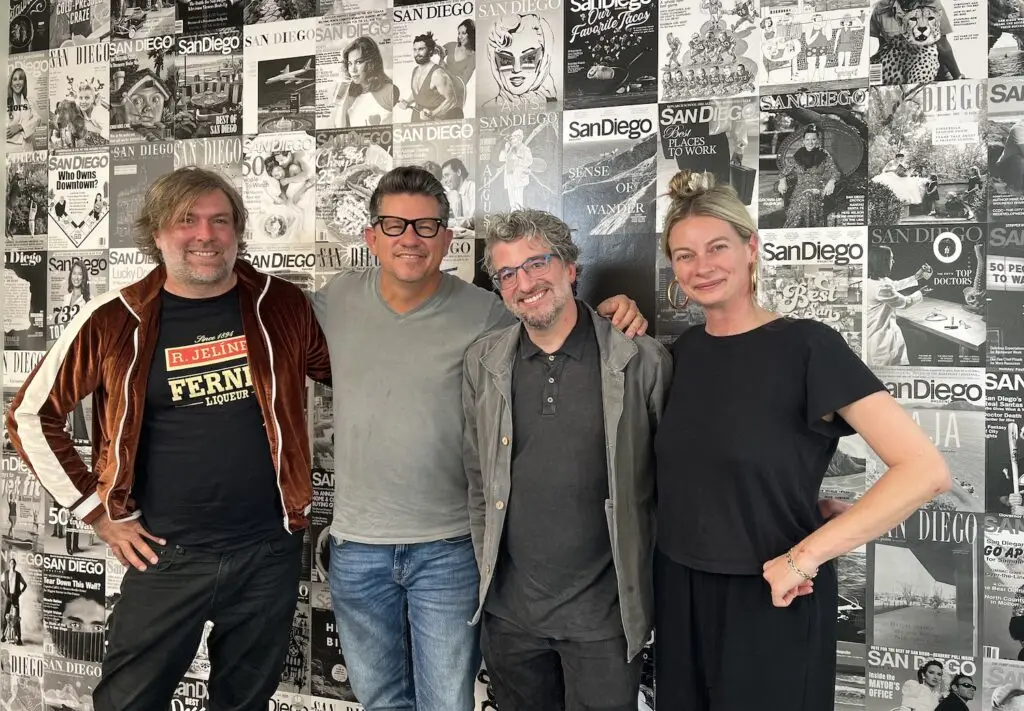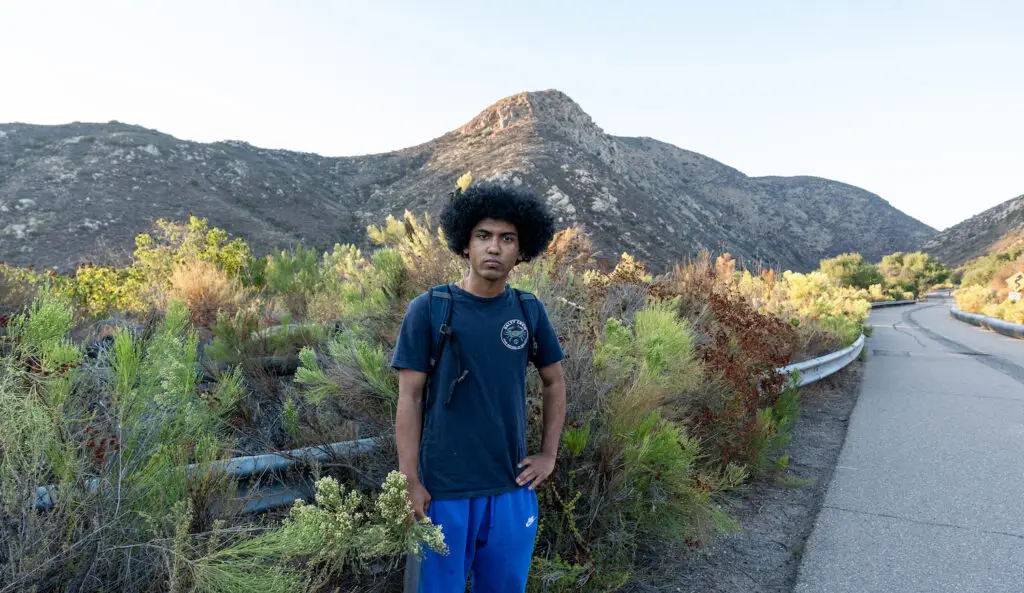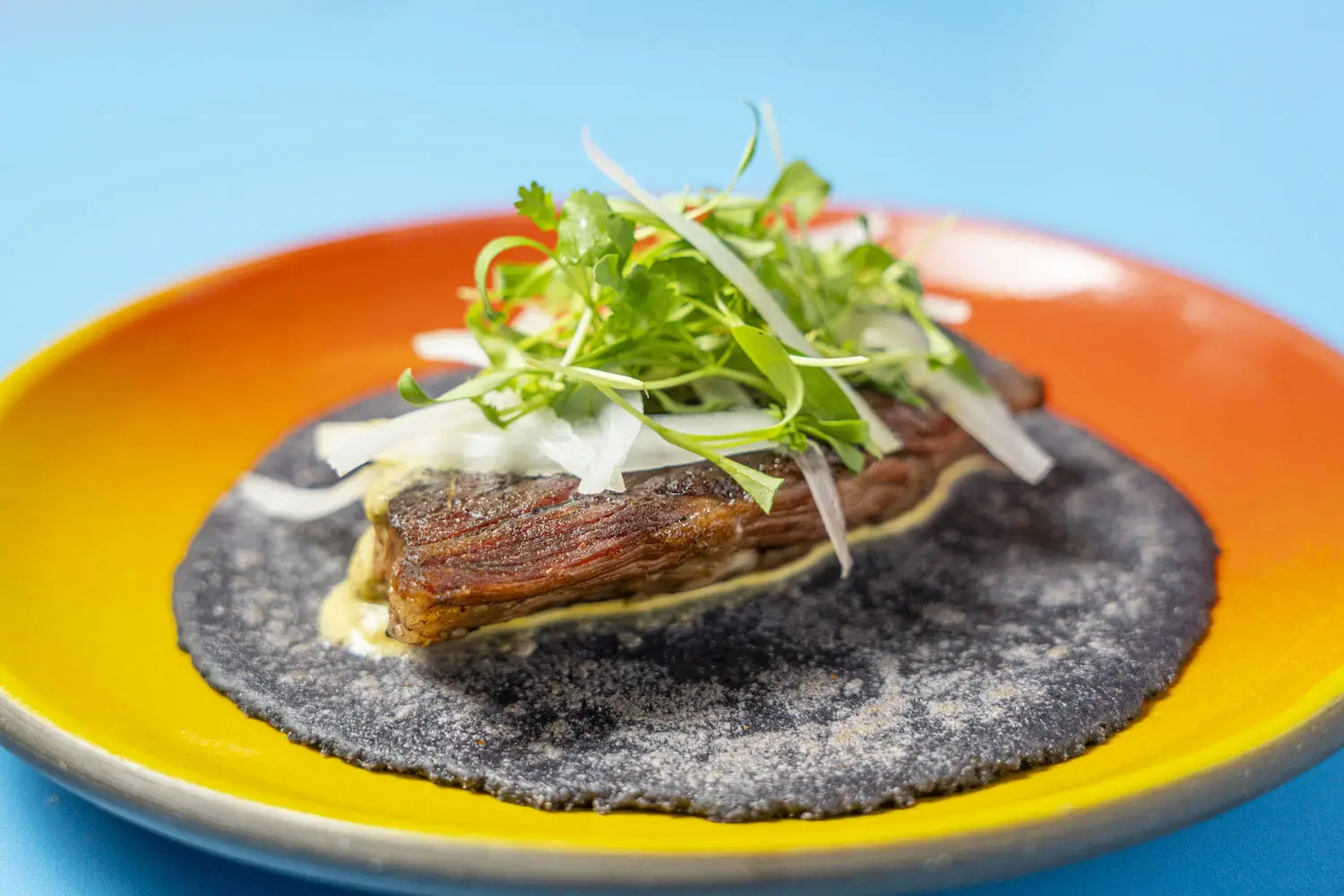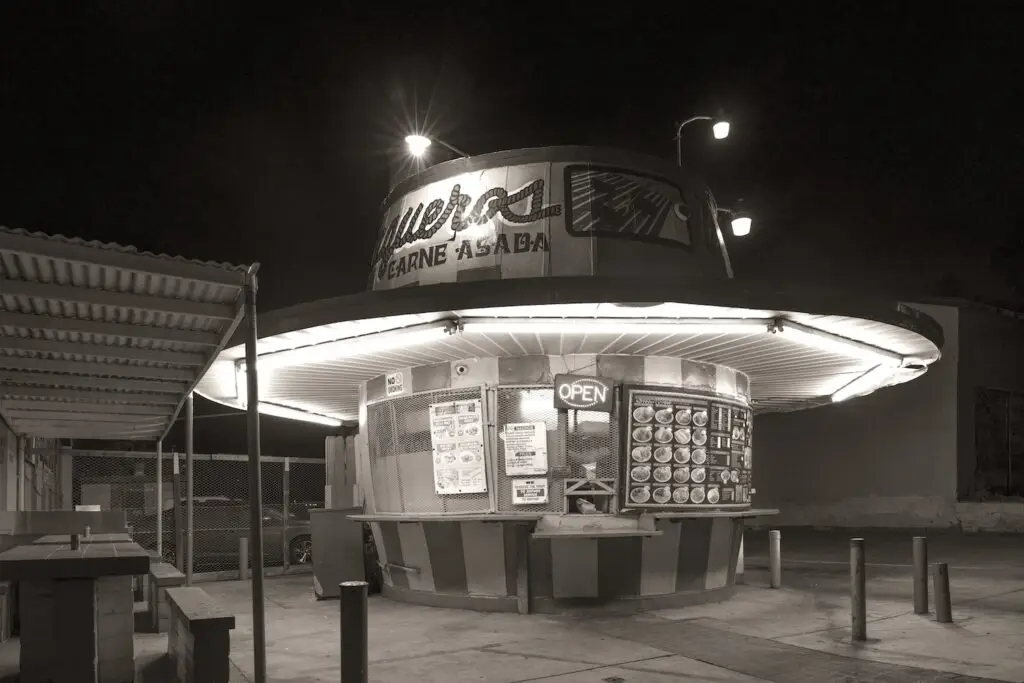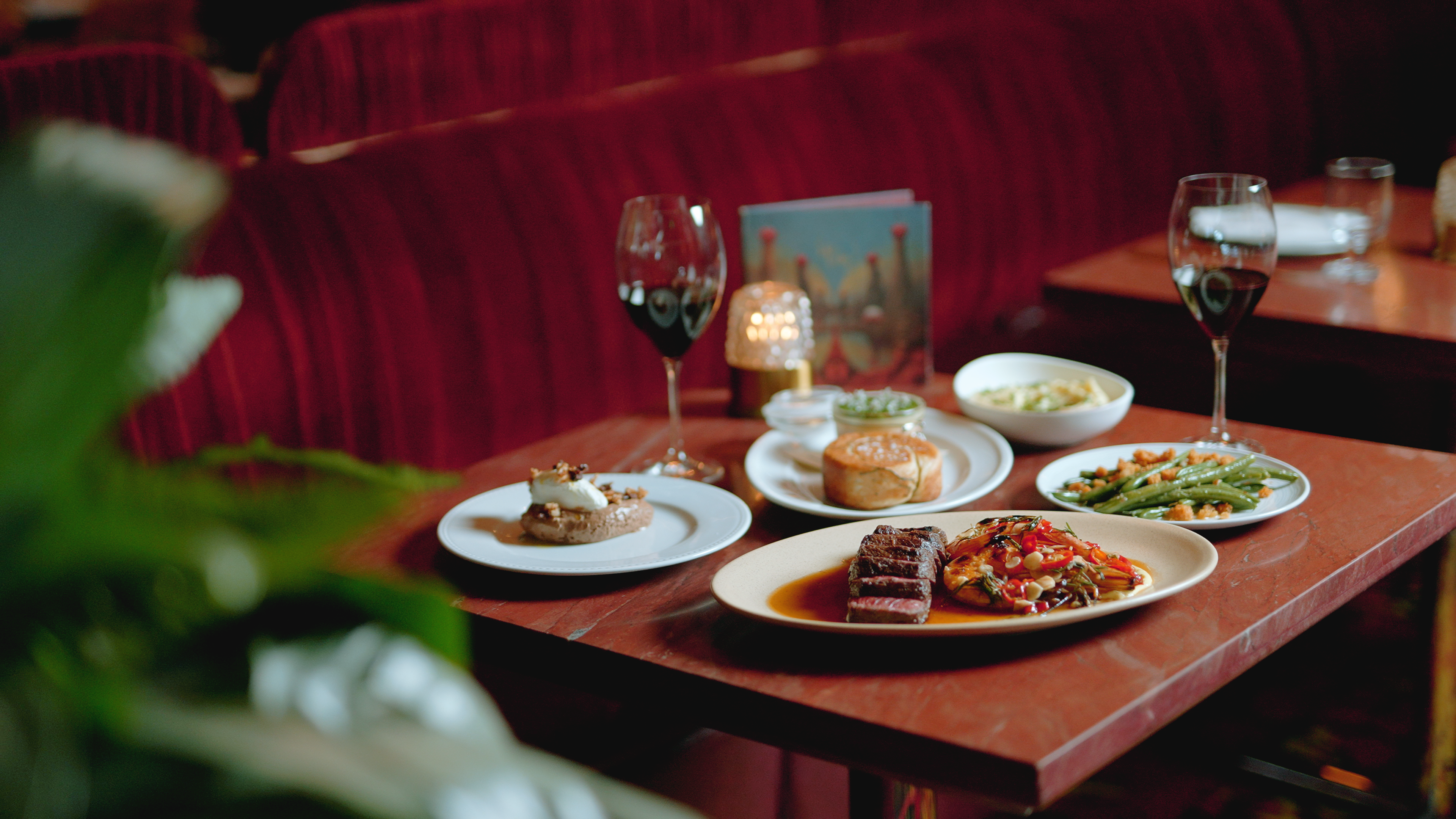Dear god, what he’s done to this Wagyu. Namely, he sent it to Baja and let it burble in its own fat until it reached an even higher apex than “Wagyu.”
At age nine, Raul Casillas was a chauffeur for his abuelita in Mexicali. Raised in Tijuana, he’d spend summers with her at the other border town an hour east, deveining shrimp and being a little-helper as she cooked traditional Mexican comfort food. “I loved it,” he says. “I got to spend so many long hours chatting with her. And then one day she said, ‘I don’t wanna drive, hijo, you drive.’”
And so, nine-year-old grandson Raul got behind the wheel and took his family places.
He’d lost his mom young, which meant he and his father had to fend for themselves in the kitchen. The early abuelita lessons paid off. “She could make fresh tortillas from scratch—make the masa by hand, press it, cook it—within 10 minutes,” he says.
In college, Casillas had doctor dreams. But, like so many startup doctors, chemistry class at Cal State Merced took his brain’s lunch money. So he switched to business, dove into cooking, and did his post-grad at Le Cordon Bleu in Vegas, where he got spit out directly into the massive restaurant-icon pantheon of the strip. At Jaleo with José Andrés, he learned about intention.
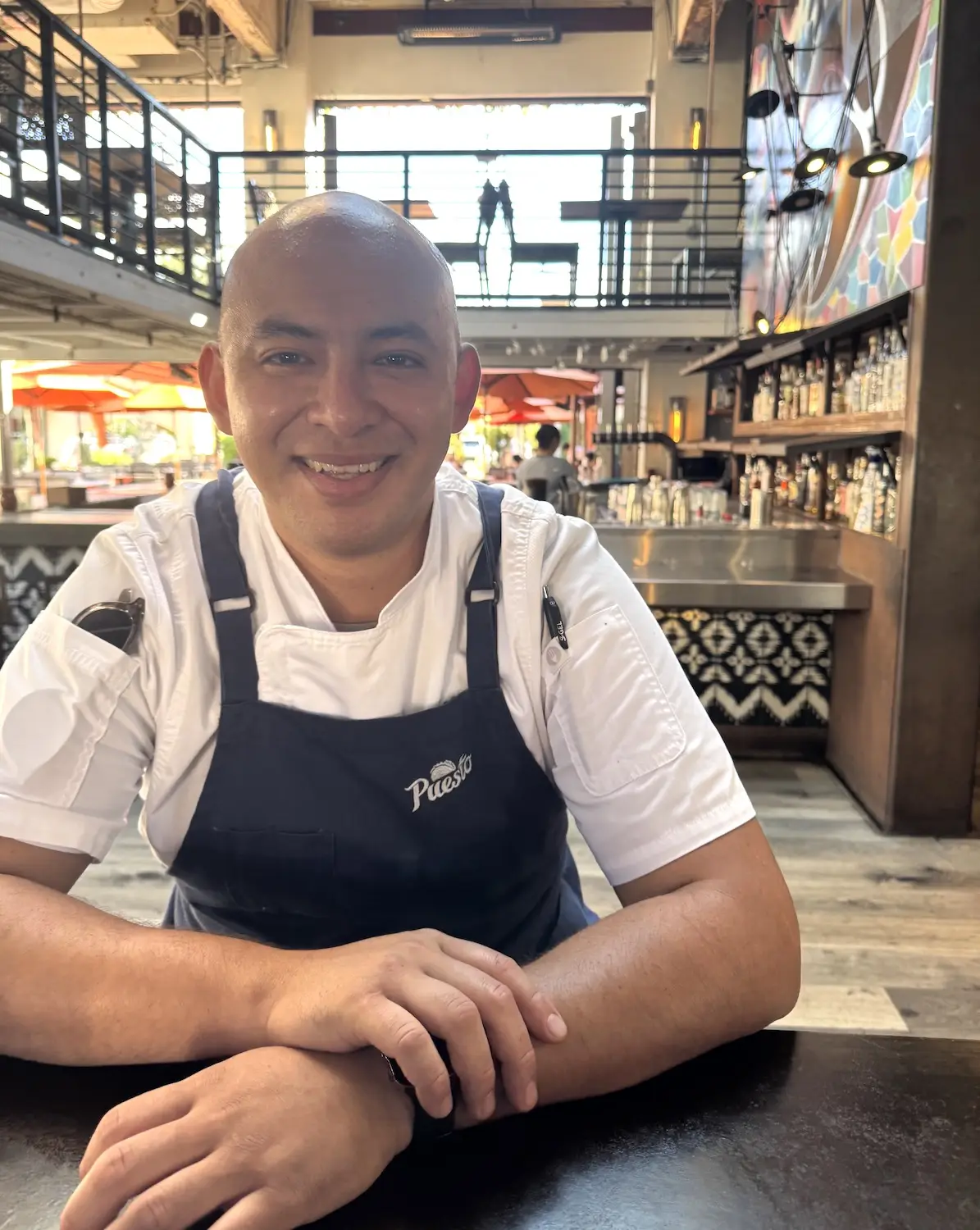
“He said, ‘You can cook whatever you want, but there’s no story or intention behind it, it’s just dinner,’” Casillas explains. “José celebrates culture. Every dish and ingredient tells a story.”
Stories like the one behind Raul’s ceviche at Puesto, an homage to his dad. “My dad’s and my favorite dish was zarandeado—a heavily marinated fish, always grilled,” he says. “We’d go to the store and they’d sell it to you in a pizza box.”
Instead of grilling, he takes the ingredients of the traditional zarandeado marinade—which is usually guajillo or ancho chiles, garlic, soy, mustard, lime juice—and makes a sort of leche de tigre/aguachile. A cold flavor soup. In it, cubes of raw, local bluefin tuna (“I don’t let it fully cook in the citrus, because we have such great bluefin here I want people to taste it”), with achiote aioli, pickled onions and serranos with blue-corn tostadas (all non-GMO handmade blue corn masa tortillas at Puesto, made in house).
Not surprising, it’s fantastic. After José Andrés, Casillas spent six years at Joël Robuchon, working every station. He rose to sous chef until the pandemic bit the world in the ass and sent us all home, which brought him near home to San Diego. He got wind that Roberto Alcocer—chef-owner of Malva in Valle de Guadalupe—was opening a restaurant in Oceanside. He signed up, trained in Baja for three months. “I got to rediscover my Mexican culture through food,” he says. They opened Valle together at Mission Pacific Hotel, and Casillas was chef de cuisine when they won their Michelin star in 2023.
Now he’s the creative chef overseeing all of Puesto—the San Diego-born Mexican concept, originally a taco shop that’s invested frequently in Michelin talent as they’ve grown into a mini-empire that includes La Jolla’s high-end Italian spot, Marisi.
He’s a year into the gig. He’s put his stamp on all menus. And the one must-try thing at Puesto is the Snake River Farms Wagyu brisket taco made suadero style. Across Mexico, you’ll often see pots called chorizera, where a moat of beef fat burbles around a dome. Inside that dome, belly cut of beef like brisket is slow-cooking in its own fat. Meat cooked in its own fat has a history of producing legendary foods—duck confit, carnitas, French rillettes, Italian porchetta… and suadero. Casillas cooks the brisket for four hours at a low 350, then sears it hard, and tops it with a killer salsa made from chile manzano (a fruity, tart, spicy thing).
PARTNER CONTENT
Abu would be proud of her chauffeur.
